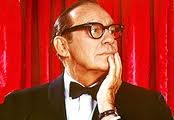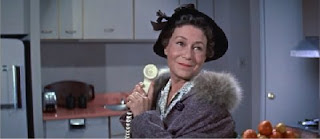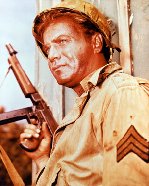Policing in what would become the United States of America arose from the law enforcement systems in European countries, particularly the ancient English common law system. This relied heavily on citizen volunteers, as well as watch groups, constables, sheriffs, and a conscription system known as posse comitatus similar to the militia system.
An early night watch formed in Boston in 1631, and in 1634 the first U.S. constable on record was Joshua Pratt, in the Plymouth Colony. Constables were tasked with surveying land, serving warrants, and enforcing punishments.
A rattlewatch was formed in New Amsterdam, later to become New York City, in 1651. The New York rattlewatch "strolled the streets to discourage crime and search for lawbreakers" and also served as town criers. In 1658, they began drawing pay, making them the first municipally funded police organization. When the English captured New Amsterdam in 1664, they installed a constable whose duties included keeping the peace, suppressing excessive drinking, gambling, prostitution, and preventing disturbances during church services. A night watch was formed in Philadelphia in 1700.
Modern policing began to emerge in the U.S. in the mid-nineteenth century, influenced by the British model of policing established in 1829. The first organized publicly-funded professional full-time police services were established in Boston in 1838, New York in 1844, and Philadelphia in 1854.
In the late 19th and early 20th century, there were few specialized units in police departments. In 1905, the Pennsylvania State Police became the first state police agency established in the United States, as recommended by President Theodore Roosevelt's Anthracite Strike Commission and Governor Samuel Pennypacker.
The advent of the police car, two-way radio, and telephone in the early 20th century transformed policing into a reactive strategy that focused on responding to calls for service. In the 1920s, led by Berkeley, California police chief, August Vollmer, police began to professionalize, adopt new technologies, and place emphasis on training. With this transformation, police command and control became more centralized.
In the 1990s, many law enforcement agencies began to adopt community policing strategies, and others adopted problem-oriented policing. In the 1990s, CompStat was developed by the New York Police Department as an information-based system for tracking and mapping crime patterns and trends, and holding police accountable for dealing with crime problems. CompStat, and other forms of information-led policing, have since been replicated in police departments across the United States.
Nearly all U.S. states and the federal government have by law adopted minimum-standard standardized training requirements for all officers with powers of arrest within the state. Many standards apply to in-service training as well as entry-level training, particularly in the use of firearms, with periodic re-certification required. These standards often comply with standards promoted by the US Department of Justice and typically require a thorough background check that potential police recruits must take.
A typical set of criteria dictates that they must:
- Be a United States citizen (waived in certain agencies if the applicant is a lawful resident).
- Have a high school diploma or a GED and if necessary a college degree or served in the United States military without a dishonorable discharge;
- Be in good medical, physical, and psychological condition;
- Maintain a clean criminal record without either serious or repeated misdemeanor or any felony convictions;
- Have a valid driver's license that is not currently nor has a history of being suspended or revoked;
- Be of high moral character;
- Not have a history of prior narcotic or repeated marijuana use or alcoholism;
- Not have a history of ethical, professional, prior employment, motor vehicle, educational, or financial improprieties;
- Not have a history of domestic violence or mental illness;
- Not pose a safety and security risk;
- Be legally eligible to own and carry a firearm.
Whip up a homestyle noodle dish in less than 15 minutes with our recipe for Ranch Noodles. Not only is this dish creamy and delicious, but it's made in one pot, so there's not much to clean up!
- 1 (8-ounce) package egg noodles
- 2 tablespoons butter
- 1/4 cup sour cream
- 1/2 cup Ranch dressing
- 1/2 cup grated Parmesan cheese
- 1/4 teaspoon black pepper
- 1/4 cup bacon bits
- 1 scallion, sliced
- Cook egg noodles according to package directions; drain and return to pot.
- Stir in butter and remaining ingredients. Serve immediately.
And births this date include...














